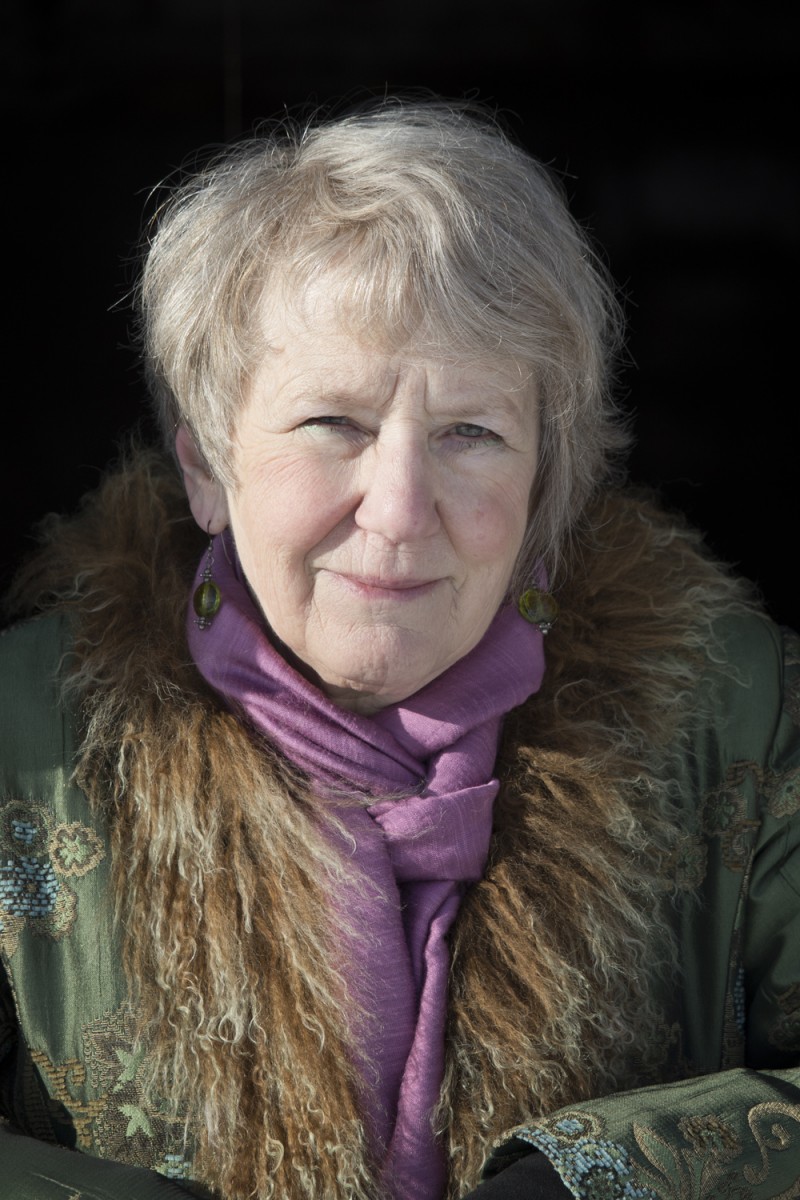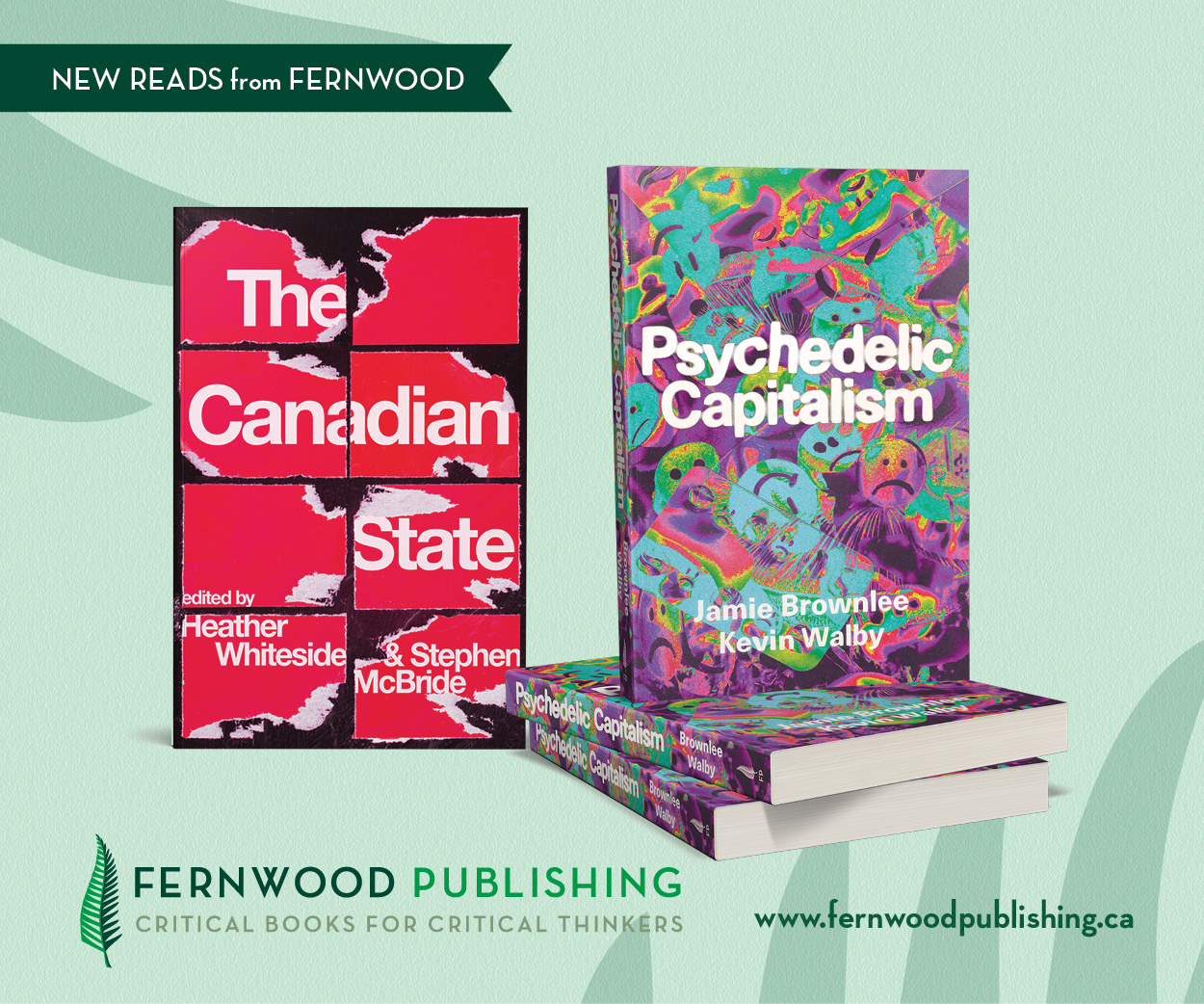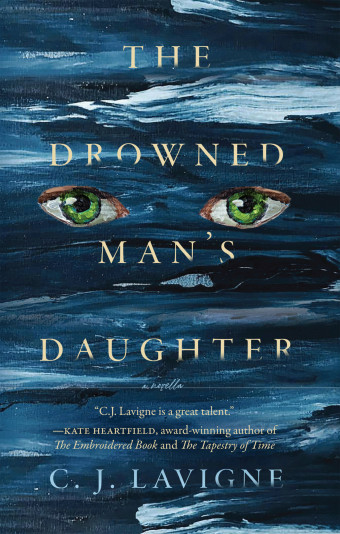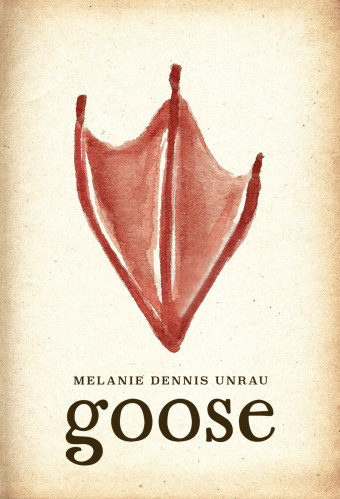Where do writers find their ideas? In the case of dee Hobsbawn-Smith, a family story provided the inspiration for her absorbing debut novel, Danceland Diary.

- Danceland Diary
- dee Hobsbawn-Smith
- Radiant Press
- $22.00 Paperback, 329 pages
- ISBN: 978-19-89274-82-8
“My mother and her younger sister repeatedly told me an apocryphal family tale about their grandfather, who disappeared as a young man, and a well always figured prominently in their stories,” she says. “Those ideas provided the initial impetus for Danceland Diary.”
Hobsbawn-Smith grew up on a family farm west of Saskatoon and currently resides there. She writes in several genres, including poetry, short stories, and essays. Her previous works have been shortlisted for several prizes, and Foodshed: An Edible Alberta Alphabet received international attention, placing third in the MFK Fisher Award for Excellence in Culinary Writing, and receiving the High Plains Best Culinary Book Award.
Set in rural Saskatchewan and Vancouver, Danceland Diary follows Luka, a 32-year-old horticulturalist, and her elderly grandmother Anky, a descendant of off-colony Hutterites. After her daughter Lark vanished, Anky undertook the task of raising her young granddaughters, Luka and her sister.
At the outset, Luka and her son Jordan move from Vancouver to Saskatchewan to stay with Anky on her farm for a few months. Luka has three goals in mind: to let Jordan and his great-grandmother get to know each other, to learn more about her Hutterite ancestors, and to question Anky about Lark’s disappearance 24 years ago. Luka receives these gifts and more.
For years, Hobsbawn-Smith wondered about what she could do with the idea of people who vanish from their family’s life and how she could explore it in two ways and two generations. She says, “I wanted to examine how multi-generational repression of feelings and communication can damage people and their relationships.”

Accordingly, there is some overlap between the novel plot line and Hobsbawn-Smith’s background. In her words, “Like my central character Luka, I returned to the family farm to live in Saskatchewan as an adult, albeit an older one. And also like Luka, my maternal family are off-colony Hutterites.”
To link the three generations of characters, Hobsbawn-Smith includes within the narrative some diary entries written by Anky in her youth. “This technique adds a strand of realism that grounds the narrative in the era and adds a point-of-view shift. Furthermore,” she adds, “the diary entries vary the texture of the narrative and provide a break in tone and style that can be refreshing for the reader.”
Among Hobsbawn-Smith’s favourite characters in the novel is Tessa, a somewhat hardened woman who features prominently in Anky’s diaries. “She is fascinating, unrepentant in pursuing her own agenda, but also engaging, even though she’s a nasty piece of work,” says Hobsbawn-Smith.
Anky is Hobsbawn-Smith’s other choice. “My female characters have backbone to spare, and strong wills, their self-reliance exacerbated by a general unwillingness to ask for help.”
Hobsbawn-Smith considers her target audience to be people of all genders who care about dignity and respect, and who see the value of loving one’s family and expressing love.
“In my novel,” she says, “I hope my readers rediscover faith in self and others, resilience, willingness to share feelings, concern for each other’s well-being – all those things that make us human.”













